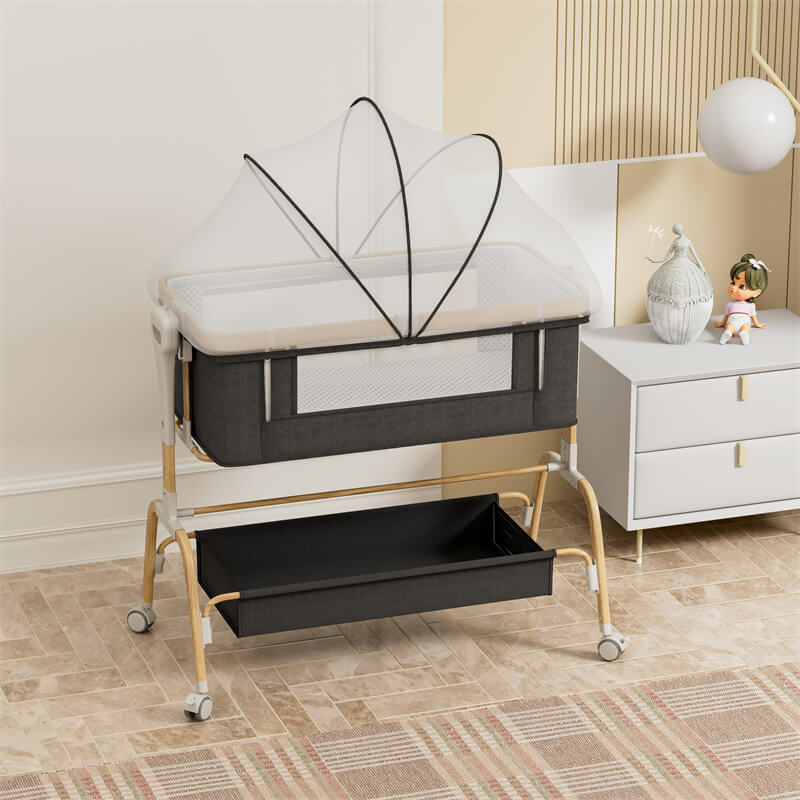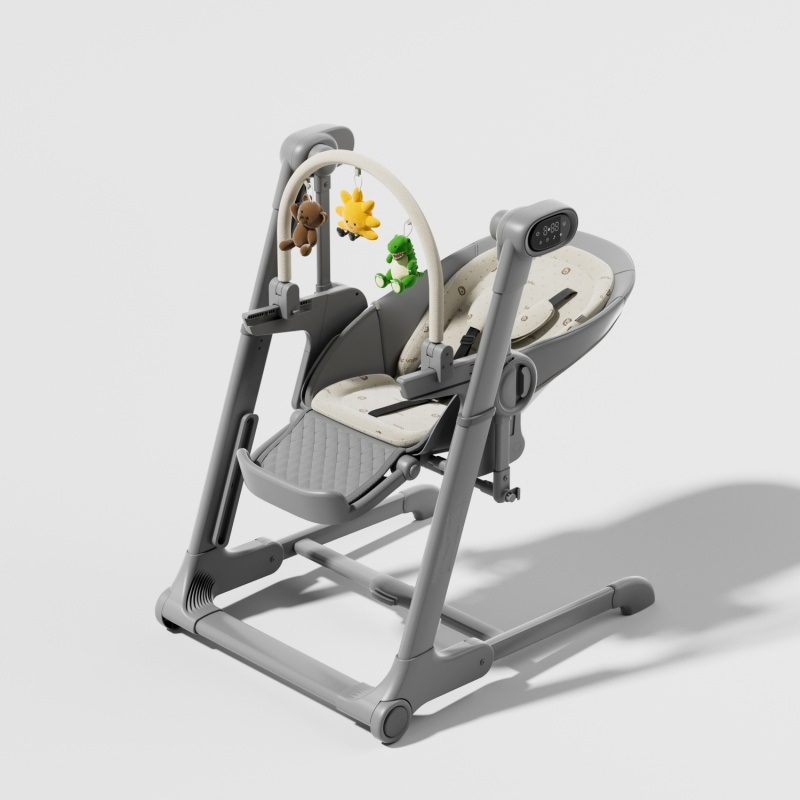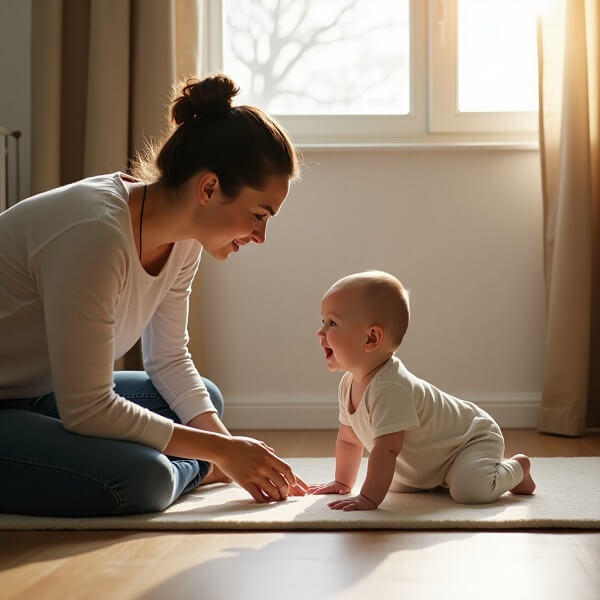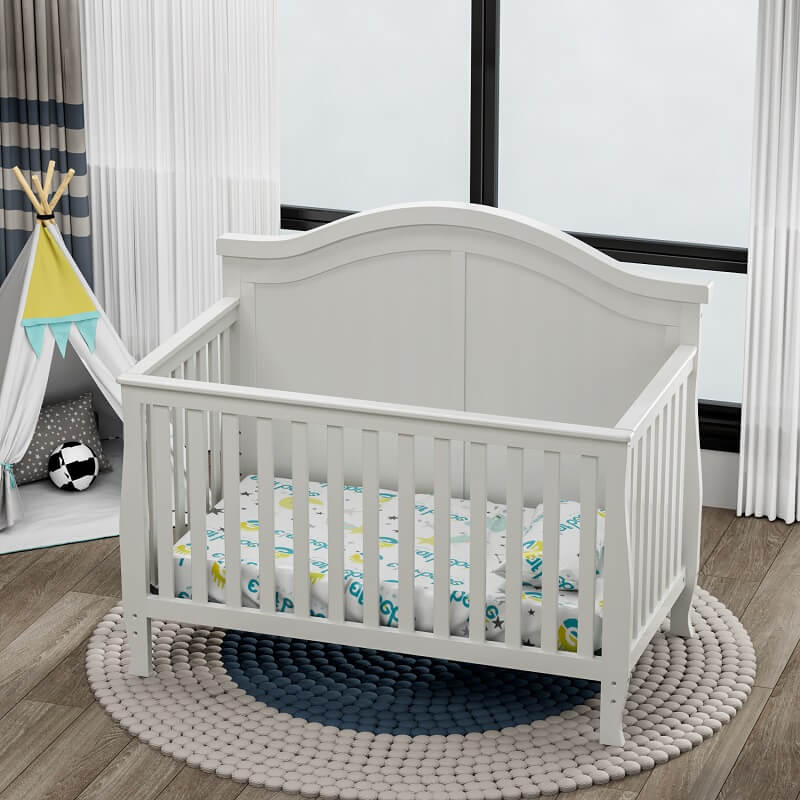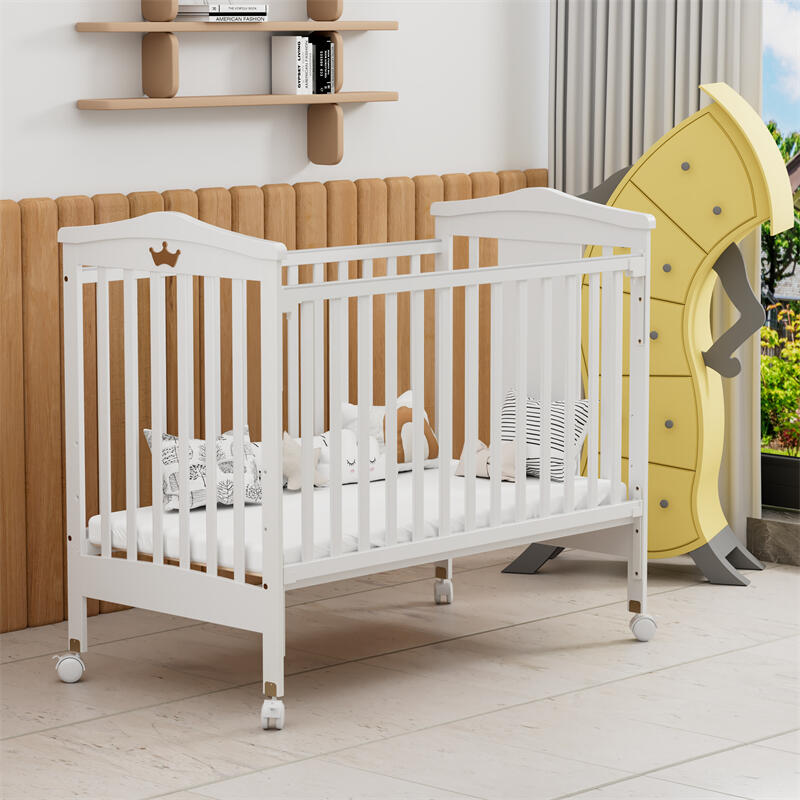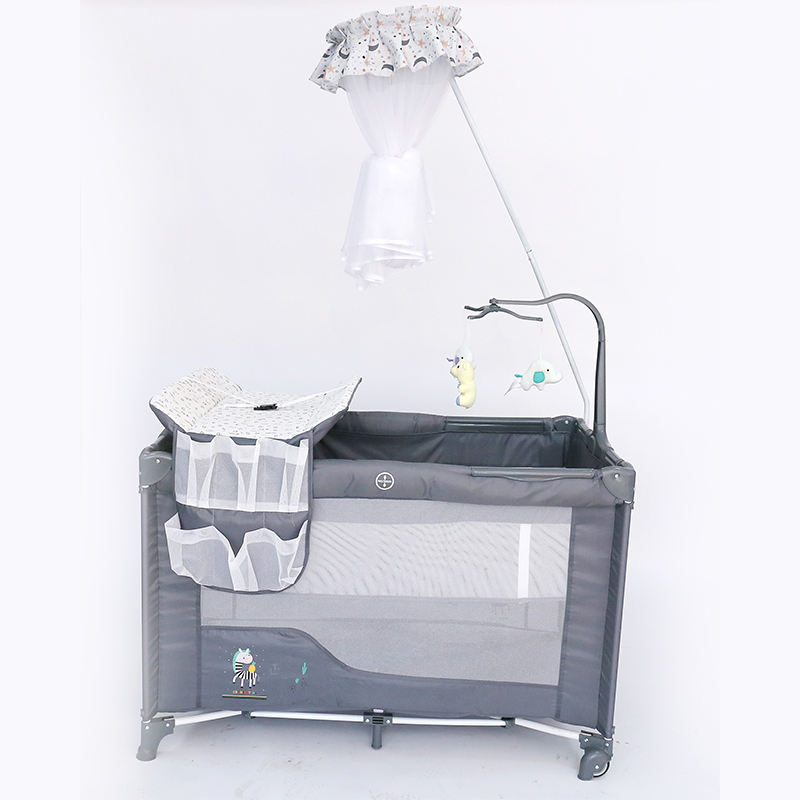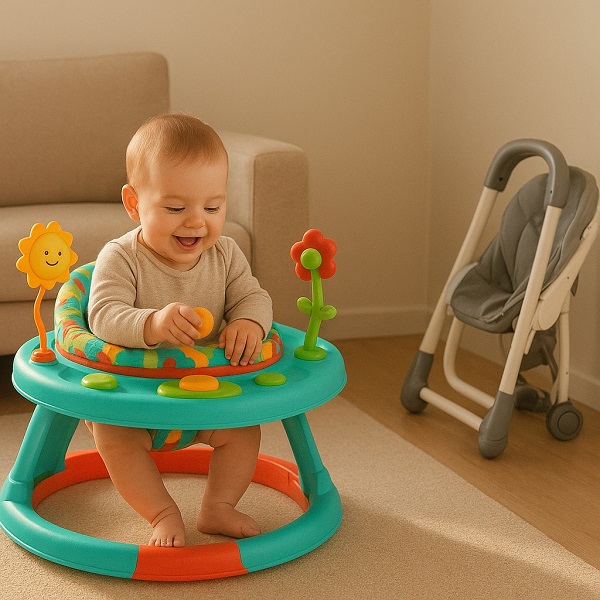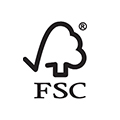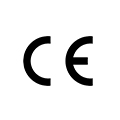Welcoming a new baby home is a time of immense joy, but it also comes with a universal wish for every parent: the hope for a good night’s sleep. In those first few weeks and months, the bassinet becomes a central hub of your daily—and nightly—routine. It’s the place where your newborn will spend countless hours growing and dreaming. Naturally, you want that space to be as cozy, safe, and comfortable as possible.
You may have found yourself looking at the simple, flat mattress of your bassinet and wondering if there’s more you can do to help your baby settle in. Perhaps your little one seems fussy or has trouble drifting off, and you’re looking for gentle, effective ways to make their sleep space more inviting.
This guide is designed to walk you through the process, answering common questions and offering safe, practical tips to make your baby’s bassinet as comfortable as possible. From the firmness of the mattress to the ideal room temperature, we’ll cover the key factors that contribute to a restful and secure sleep environment.
Is Your Bassinet Mattress Firm Enough?
As parents, our instinct is to provide the softest, most cushiony surface for our little ones, believing it will offer the greatest comfort. However, when it comes to safe infant sleep, the opposite is true. A firm mattress is not just a recommendation; it is a critical layer of protection for your baby.
The reason for this is rooted in your baby’s physical development. In the early months, infants have very little neck strength and control. A mattress that is too soft or plush can conform to the shape of their face, potentially creating a pocket that restricts airflow.
A firm, flat surface provides a stable and safe foundation that does not indent under their weight, significantly reducing this risk and ensuring they have clear access to oxygen throughout their sleep.
To test the mattress, press your hand firmly into the center and then lift it. Observe how quickly the surface springs back—a safe, firm mattress will regain its shape immediately without leaving an indentation. If it remains sunken or feels too soft, it does not meet the safety standard for infant sleep.
Although it may seem counterintuitive, a firm surface actually offers the best comfort and support for a newborn’s developing body.
Do You Need Sheets for a Bassinet?
While a bassinet mattress is designed to be firm for safety, that doesn’t mean it has to feel stark or uncomfortable for your baby. This is where sheets come in, transforming a basic sleeping surface into a softer, more welcoming spot for your little one.
So, are they necessary? For both comfort and safety, the answer is a resounding yes, but with one very important caveat: they must be the right kind of sheets, fitted perfectly to your specific bassinet model.
The main purpose of a fitted bassinet sheet is to provide a protective layer between your baby and the mattress. This layer helps absorb moisture from spit-up or drool and can make the slight firmness of the mattress feel gentler against your baby’s sensitive skin.
More importantly, a well-fitted sheet plays a crucial safety role by keeping the mattress itself clean. This protects against the absorption of moisture into the mattress pad, which could potentially lead to mold or mildew developing over time—an often overlooked hazard.
However, the keyword here is fitted. A properly fitted sheet is designed with elastic around the entire perimeter, securing it snugly to the mattress so it remains taut and secure without any wrinkles or loose fabric.
The best practice is to have at least two or three fitted sheets on hand. This allows you to always have a fresh one available during those inevitable middle-of-the-night changes, ensuring your baby’s sleep environment remains both clean and consistently comfortable.
Do Swaddles and Sleep Sacks Improve Bassinet Comfort?
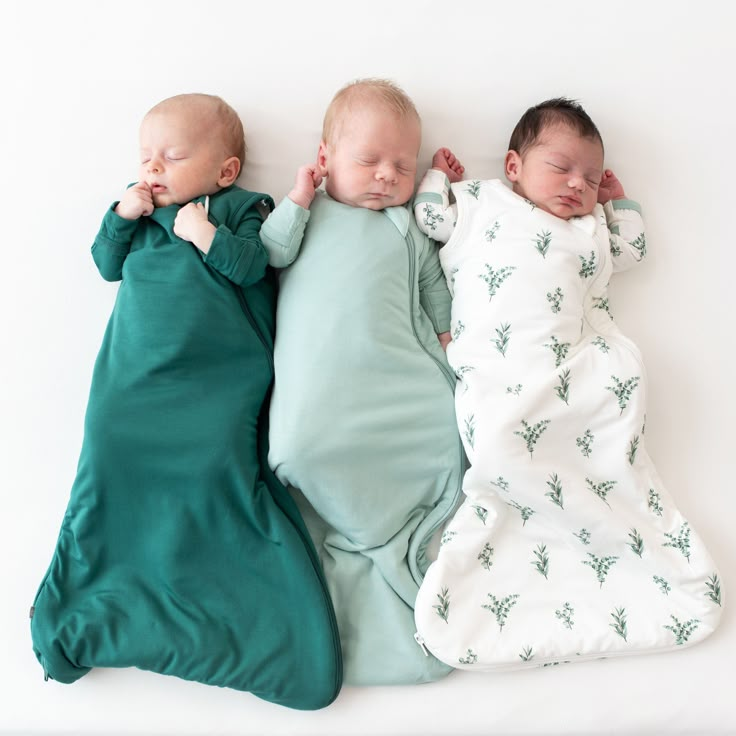
Swaddles primarily provide comfort by giving your baby a gentle sense of containment. Newborns have something called the Moro reflex, or startle reflex, which can cause their arms and legs to jerk involuntarily, often waking them up.
A well-executed swaddle mimics the secure feeling of the womb by applying light pressure around the body and gently securing the arms, which helps suppress the startle reflex and prevents flailing limbs from disrupting sleep. This sense of security can help babies feel calm, fall asleep more easily, and stay asleep for longer stretches.
As babies grow and become more active, usually around the time they show signs of rolling over, a traditional swaddle becomes unsafe. This is when wearable blankets, or sleep sacks, become an excellent next step.
A sleep sack continues to provide that comforting, cozy feeling around the torso and legs without restricting arm movement. This allows a rolling baby to use their arms freely, which is crucial for safety, while still offering the familiar comfort and warmth of a blanket without the risks associated with loose bedding in the crib.
It’s important to remember that not every baby enjoys being swaddled. Some little ones favor having their arms free from the very beginning. The key is to observe your baby’s cues.
Can You Put a Cushion in a Bassinet?
The unequivocal answer is no; you should never add a cushion, pillow, padded insert, or any other soft padding to your baby’s bassinet. The reason is rooted in the most fundamental principle of safe sleep: reducing the risk of suffocation and Sudden Infant Death Syndrome (SIDS).
Newborns don’t yet have the head control or strength to move away if their face presses against a soft surface. Even a thin cushion can mold to a baby’s face, creating a pocket that traps carbon dioxide and restricts airflow.
It is also important to distinguish between aftermarket additions and the bassinet’s original design. Some bassinets come with a thin, firm mattress pad that is integral to their safety certification. Adding anything on top of or underneath that pad—whether a cushion, a folded blanket, or a sheepskin—alters its designed safety profile. The firmness is engineered for a purpose, and modifying it introduces an unknown and hazardous variable.
Understanding this can be difficult when our instincts tell us to provide softness. It helps to remember that an adult’s idea of comfort is not the same as an infant’s safety need. Resisting the urge to add a cushion is one of the most important and loving choices you can make for your baby’s well-being.
Can I Put a Heating Pad in My Baby’s Bassinet?
Placing a heating pad, electric blanket, or any portable heating element in your baby’s bassinet is strongly discouraged and considered unsafe by pediatric experts.
First and foremost is the risk of burns. A heating pad can quickly become too hot for a baby’s delicate skin, which is far more sensitive than an adult’s. Furthermore, if the pad has an electrical cord, it poses both a strangulation hazard and a potential risk of fire if it becomes tangled or damaged.
There is also a significant risk of your baby overheating. An infant’s ability to regulate their body temperature is still immature. Adding an external heat source like a heating pad can cause their core body temperature to rise to dangerous levels, which is a known risk factor for Sudden Infant Death Syndrome (SIDS).
If you want to take the chill off the sheets, a safer approach is to warm the bassinet beforehand. One method is to place a warm (never hot) water bottle inside for a few minutes. Make sure to remove it completely and test the surface with the inside of your wrist to ensure it feels comfortably warm before placing your baby down.
At the end of the day, the safest way to keep your baby warm in the bassinet is through well-chosen sleepwear—like a wearable sleep sack—combined with maintaining a comfortable room temperature.
What’s the Ideal Room Temperature for Bassinet Sleep?
Most pediatric and safe sleep experts recommend keeping your baby’s room between 68 and 72 degrees Fahrenheit (20–22 degrees Celsius), which is considered the optimal range for safe and comfortable sleep.
A room within this range helps ensure your baby’s environment is not too warm, allowing their body to regulate its temperature effectively without becoming overwhelmed.
However, rather than focusing solely on the thermometer, it is more important to assess how your baby is responding to the temperature. The simplest way to check if your baby is comfortable is to feel their chest, back, or the nape of their neck. Hands and feet are usually cooler and don’t reliably reflect core body temperature.
You want your baby’s skin to feel warm and dry, not damp or sweaty. A flushed appearance or damp hair are telltale signs that they are too warm.
To achieve this comfortable temperature, dress your baby appropriately for the room. The general rule of thumb is to dress them in one more layer than you would be comfortable wearing yourself. In a room within the 68-72°F range, this typically means a onesie and a wearable sleep sack or a swaddle.
Using a small, reliable room thermometer near the bassinet can help you monitor conditions without guesswork.
Where Should the Baby Bassinet Be Placed?
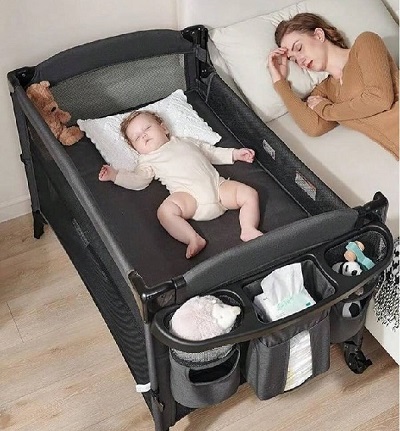
The gold standard for bassinet placement, recommended by pediatricians and safe sleep experts, is in your own bedroom, close to your bed. This practice of room-sharing for the first six months to a year is associated with a reduced risk of SIDS.
Having your baby within arm’s reach allows you to easily monitor their breathing and respond quickly to their needs without having to venture down a hallway. It also makes breastfeeding and soothing during the night significantly easier for everyone involved.
It should be placed away from windows, where drafts, direct sunlight, or blind cords could pose a hazard. Similarly, keep it at a safe distance from shelves, wall art, or heavy frames that could potentially be knocked loose.
Finally, think about the atmosphere of the spot you choose. A location away from direct air vents or heaters will help maintain a consistent temperature and avoid drafts. A quieter part of the room, though not necessarily silent, can help your baby learn to sleep through typical household sounds.
Does Gentle Motion Help Bassinet Comfort?
For many newborns, the world is simply too still. After spending months in the constant, rhythmic motion of the womb, the utter stillness of a stationary bassinet can be jarring and unfamiliar.
The gentle rocking, swaying, and bouncing that parents instinctively use to calm their baby work because they mimic the sensations experienced before birth. This motion gives a strong sense of security and familiarity, soothing the nervous system, reducing crying, and helping your baby drift into deeper, more restful sleep.
Many modern rocking bassinets are designed with this need in mind, featuring built-in settings for gentle, rhythmic rocking or subtle vibration. These features are generally designed to be used for the brief period it takes to help the baby fall asleep and then automatically turn off, allowing the baby to remain asleep in a stationary, flat bassinet—which is the safest sleep position. The motion is a tool for induction, not for sustained sleep.
If your bassinet does not have a built-in feature, you can achieve a similar effect by gently rocking the bassinet by hand for a few minutes. The key is to keep the movements small, smooth, and gentle. Once the baby is asleep, the motion should cease.
What Safe Comfort Items Can I Actually Use?
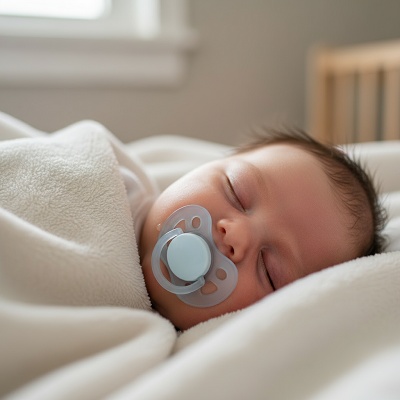
After discussing all the things to avoid, it’s only natural to wonder what you can use to make your baby’s bassinet a cozy and comforting space. The guiding principle for safe sleep is that the bassinet itself should remain largely empty.
However, comfort is about more than what you put inside the bassinet; it’s about creating an overall environment of security and well-being for your baby.
The single safest and most recommended comfort item is a well-fitting wearable blanket, often called a sleep sack. This brilliant piece of design replaces loose blankets entirely, providing warmth and a gentle, comforting pressure around your baby’s torso without any risk of covering their face or becoming tangled.
Another safe and effective comfort item is a pacifier offered at naptime and bedtime. The act of sucking is inherently calming for infants and has been associated in some studies with a reduced risk of SIDS. If you are breastfeeding, many experts recommend waiting until nursing is well-established before introducing a pacifier. There is no need to reinsert it if it falls out after your baby has fallen asleep.
The true “comfort items,” however, often exist outside the bassinet. A white noise machine placed at a safe distance (at least 7 feet away) and on a low volume can be incredibly effective. This can help them fall asleep more easily and stay asleep through minor disturbances.
Conclusion
Throughout this guide, we’ve explored how true comfort is found not in adding extra pillows or plush toys, but in mastering the fundamentals: a firm mattress, a well-fitted sheet, suitable sleepwear such as swaddles or sleep sacks, and a room maintained at a comfortable temperature. These elements work in harmony to create a sanctuary that supports your baby’s well-being and your own peace of mind.
Trust that the simple, uncluttered bassinet, paired with your consistent presence and calming routines, offers everything your little one truly needs to feel secure and loved as they drift off to sleep.
Recommended Related Articles:
- What Is a Moses Basket? A Guide for Parents
- Are Moses Baskets Safe? What You Need to Know
- Rocking Bassinet for Newborns: A Complete Guide
- Bedside Bassinets: What You Need to Know
- Travel Bassinet for Baby: A Comprehensive Guide
- Bassinet Vs Crib Vs Cradle: Which Should You Choose?
- Top 15 Bassinet Manufacturers in China

